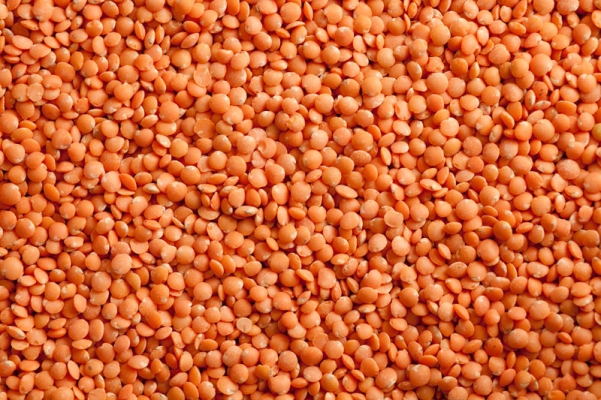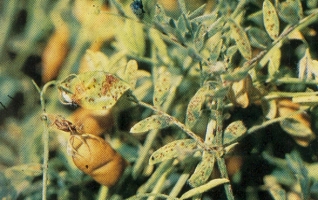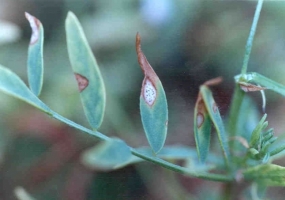Weed Control
Main weeds found in lentil are Chenopodium album (Bathua), Vicia sativa (ankari), Lathyrus spp (chatrimatri) etc. They can be controlled by 2 hoeings at 30 and 60 days interval. 45-60 days of weed free period should be maintained for proper crops stand and yield. Pre-emergence application of Stomp 30EC@550ml/acre with one hoeing at 50 days after sowing, helps in effective weed control.














